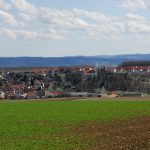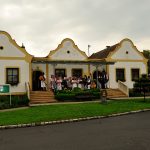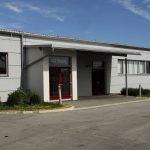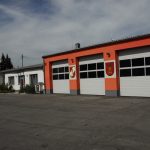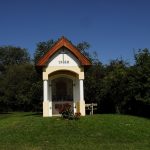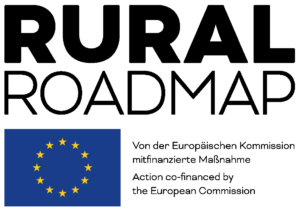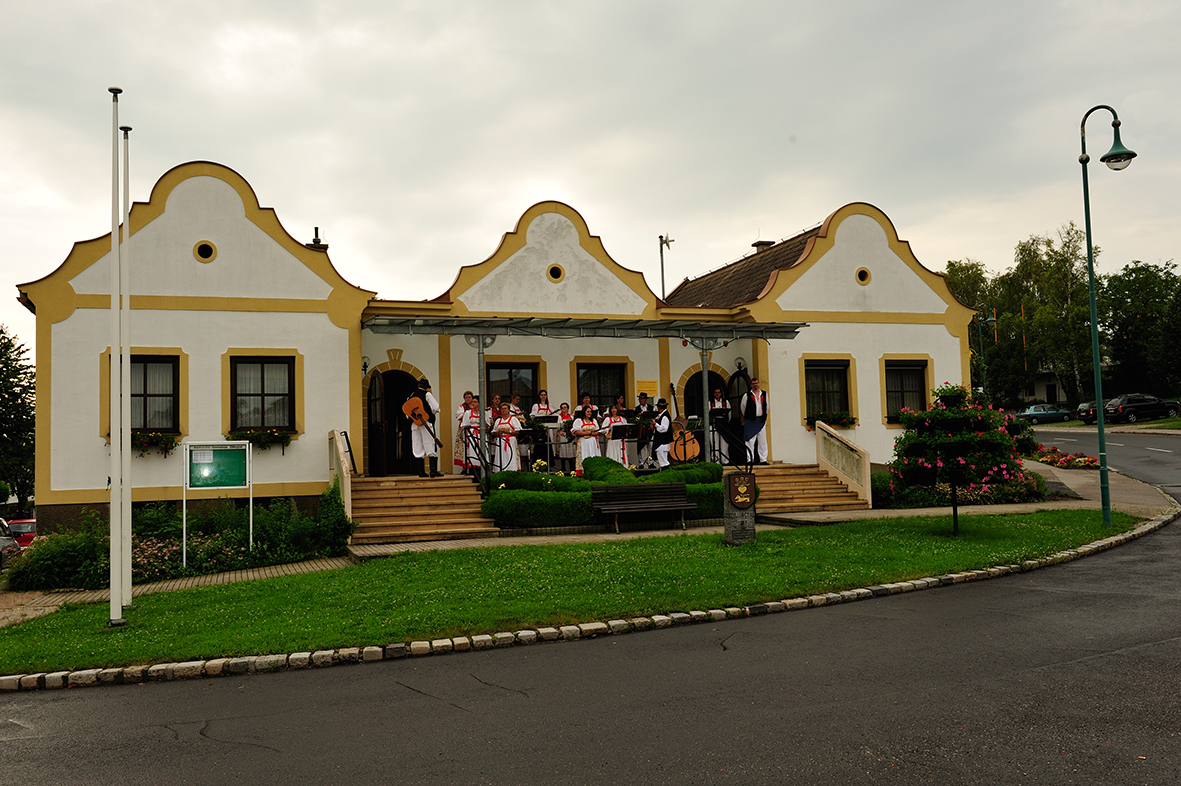
Zillingtal, Burgenland, Austria
The municipality Zillingtal is imbedded into the soft slopes of the northern Burgenland, at the border to Lower Austria. Population numbers have been on the rise during the past two decades, by 40% to almost 930 inhabitants – apparently due to the good location in respect to urban centres and the high quality of housing and standard of life in general.
The most remarkable thing in Zillingtal is the initiative of its citizens. The majority is engaged on a voluntary base in some sort of club or society, summing up to over 90,000 free work hours annually. This equals a value-added of EUR 720,000 or 75% of the yearly budget of the municipality. Without the voluntary work of its citizens, this financially weak municipality could not have realized the projects. The separation of the neighbouring locality jump-started initiatives and activities, supporting the regained autocracy. The erection of a giant pyramid made of hay did not only result in an entry into the Guinness Book of Records, but also generated a unique sense of community. People realized that they could achieve great things together.
Today, the municipality has a lively and communicative core with an infrastructure that is well accepted by the populace. It consists of administrative offices, guest house, shops, kindergarten, school and church. The municipality appears to be an active community, which reflects in its social, cultural and communal activities. Furthermore, a vivid social life organized in clubs and societies offers activities across different organisations.
These “invisible” factors resulted in clearly visible measures. Old buildings are being maintained and renovated, considering historic bases and new functions at the same time. The lavish flower ornaments have been planted by the inhabitants themselves, who also take care of them. The construction of a kindergarten, the community house with integrated guest house and some multi-story residential units, which fit perfectly into the village, show that the municipality has already mastered big challenges. Open areas and questions regarding zoning plans are remaining big challenges in a strongly expanding community such as Zillingtal. It includes the achievement of communal interests in regional projects and the implementation of an energy concept, envisioning energy saving (street lights) and alternative energy production (wind energy).These challenges are met with a high sense of responsibility. .
The social activities, workshops and the council are interlinked and work together, achieving optimized results. The relationship between the German-speaking population and the Croatian populace is exemplary. The kindergarten is bilingual, even the children of newly arrived German-speakers learn Croatian and later engage in Croatian clubs. In the social area, developments for families and seniors and their care is an innovative issue. Apart from the buildings, the “Social Network Society” offers a number of bigger or smaller services.
Zillingtal presents itself as a harmonious German-Croatian community, where traditions are lived an exemplary social initiatives have improved the quality of life considerably. The participation of the citizens is remarkable, including its strong links to the representatives of the council, as is the marked identity of the populace, the vivid social life, the successful activities in the scope of the “Energy Agency Burgenland” and the successful design of the locality with its green spaces.
Evaluated: 2010
